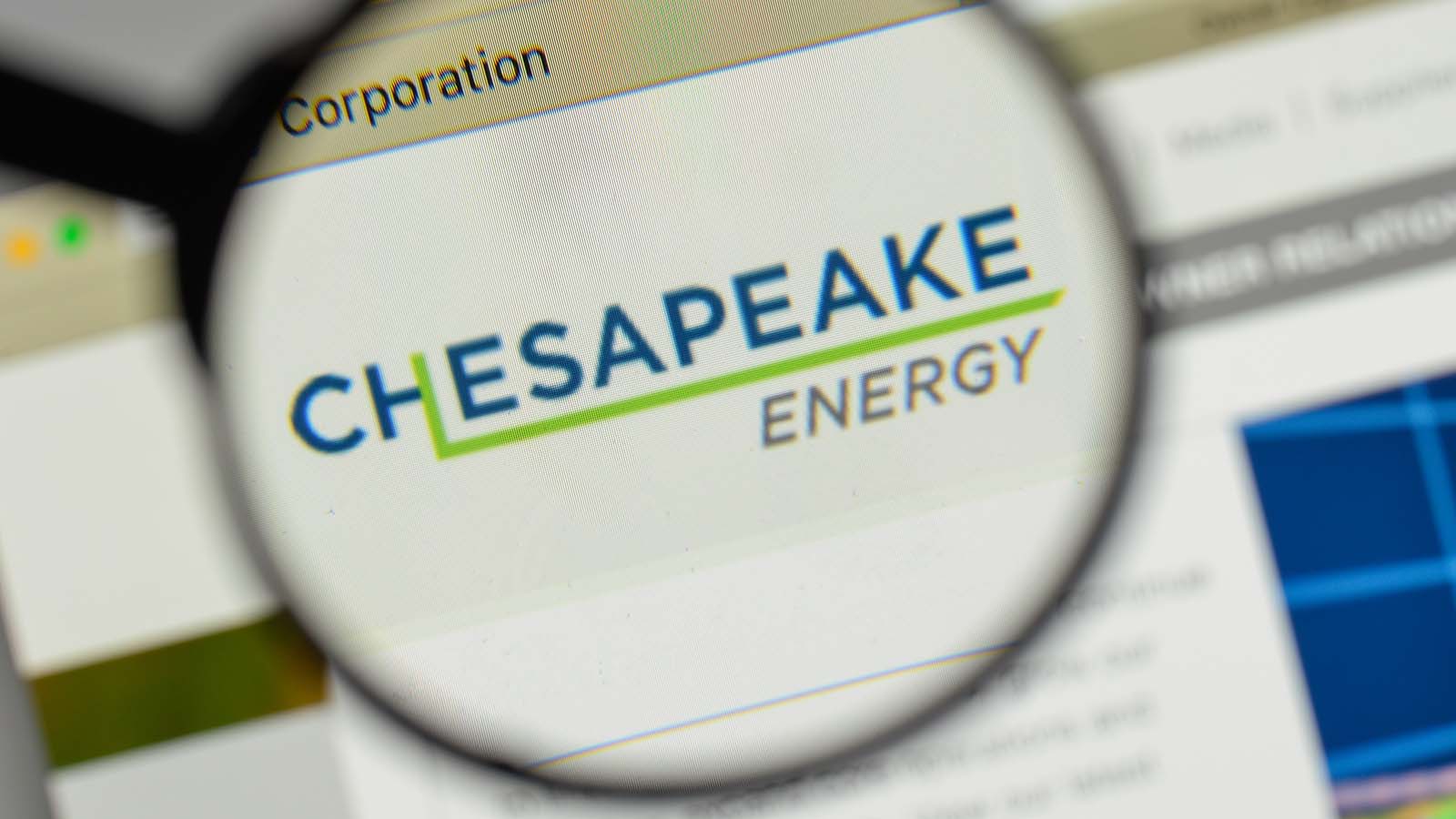After touching year-to-date 2019 highs of $3.44 in the beginning of April, Chesapeake Energy (NYSE:CHK) has been tumbling fast. CHK stock is already lower by 59% and I don’t see any respite.

Chesapeake Energy has certainly been trying to lower the cost and increase the weight of oil in production. The move has seen some success. However, the factors of debt and the impact of a potential recession is likely to dictate the stock trend.
The probability of recession as predicted by Treasury spreads is at the highest level since the recession of 2008-09. On the other hand, the global growth forecast for 2019 is at the lowest level since 2008-09. These two data perfectly sum-up the current economic scenario.
Therefore, it’s likely that oil will remain sideways to lower on economic concerns. From the perspective of CHK, the impact will be on EBITDA margins and cash flows.
Further, even with prospects of cooler weather, supply worries are likely to persist for natural gas. In the coming quarters, it might, therefore, be optimistic to expect oil or natural gas prices trend higher. On the contrary, prices can move lower. In this scenario, CHK stock will remain subdued.
Debt Is a Major Concern for CHK Stock
With prospects of slower economic growth, the company’s leverage is a major concern as it adds to the credit stress.
Chesapeake Energy reported long-term debt of $7.3 billion for December 2018. For March 2019, debt increased to $9.2 billion and debt further increased to $9.7 billion for June 2019. In addition to high debt, CHK reported just $4 million in cash & equivalents as of June 2019.
Chesapeake Energy expects adjusted EBITDAX for 2019 at $2.2 billion. Considering debt of $9.7 billion, the debt-to-EBITDAX (leverage) comes to 4.4. Therefore, leverage is high and negative free cash flows imply further leveraging.
The positive is that Chesapeake Energy reported $296 million in cash paid for interest for the first half of 2019. This implies an annual cash interest expense of approximately $600 million. The EBITDAX interest coverage ratio is therefore at 3.67.
While this implies no debt servicing concerns, lower energy prices can worsen the leverage and coverage ratios in the coming quarters. This will keep the markets concerned and Chesapeake Energy stock is unlikely to see any positive momentum.
CHK is aware of the potential risks related to leveraging. The company recently exchanged $588 million of debt and preferred stocks with common stock. This strategy can be used for de-leveraging, but it does dilute equity and CHK stock can trend lower.
Positive Developments on the Operational Front
Amidst concerns, CHK stock is worth keeping on the radar. I believe one of the key positives in recent years has been the focus on increased oil mix.
Annual oil production as a percentage of total production has increased from 16% in 2016 to 24% in 2019. This has translated into higher adjusted EBITDAX per barrel of oil equivalent.
As oil production increases and the economic headwinds turn into tailwinds, EBITDAX margin will improve. Potential free cash flows can be used to reduce debt.
From the perspective of specific assets, the company’s Brezos Valley asset is expected to turn free cash flow positive in 2019. This is significant since the asset has a 2019 capital expenditure of $675 million.
The break-even per barrel for the asset has declined from $53 in 2018 to $39 in 2019. Clearly, there are positive fundamental developments, but these are overshadowed by recession and leverage concerns.
While leverage is a concern, the company has successfully extended the debt maturity profile. A bulk of debt refinancing is beyond 2024. Once the economic headwind is navigated, CHK should be in a relatively comfortable position as debt servicing remains smooth.
Final Thoughts on CHK Stock
Macro-economic headwinds will impact CHK stock in the near-term and as debt increases, the markets will be concerned. Lower energy prices might also imply EBITDAX margin compression in the foreseeable future. These headwinds will impact Chesapeake Energy stock.
In the medium to long-term, I expect more focus on oil-weighted assets and potential divestment of gas assets to deleverage.
However, for now, it makes more sense to remain in the sidelines.
As of this writing, Faisal Humayun did not hold a position in any of the aforementioned securities.
